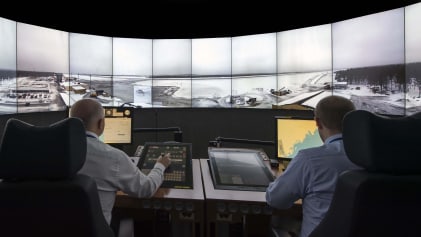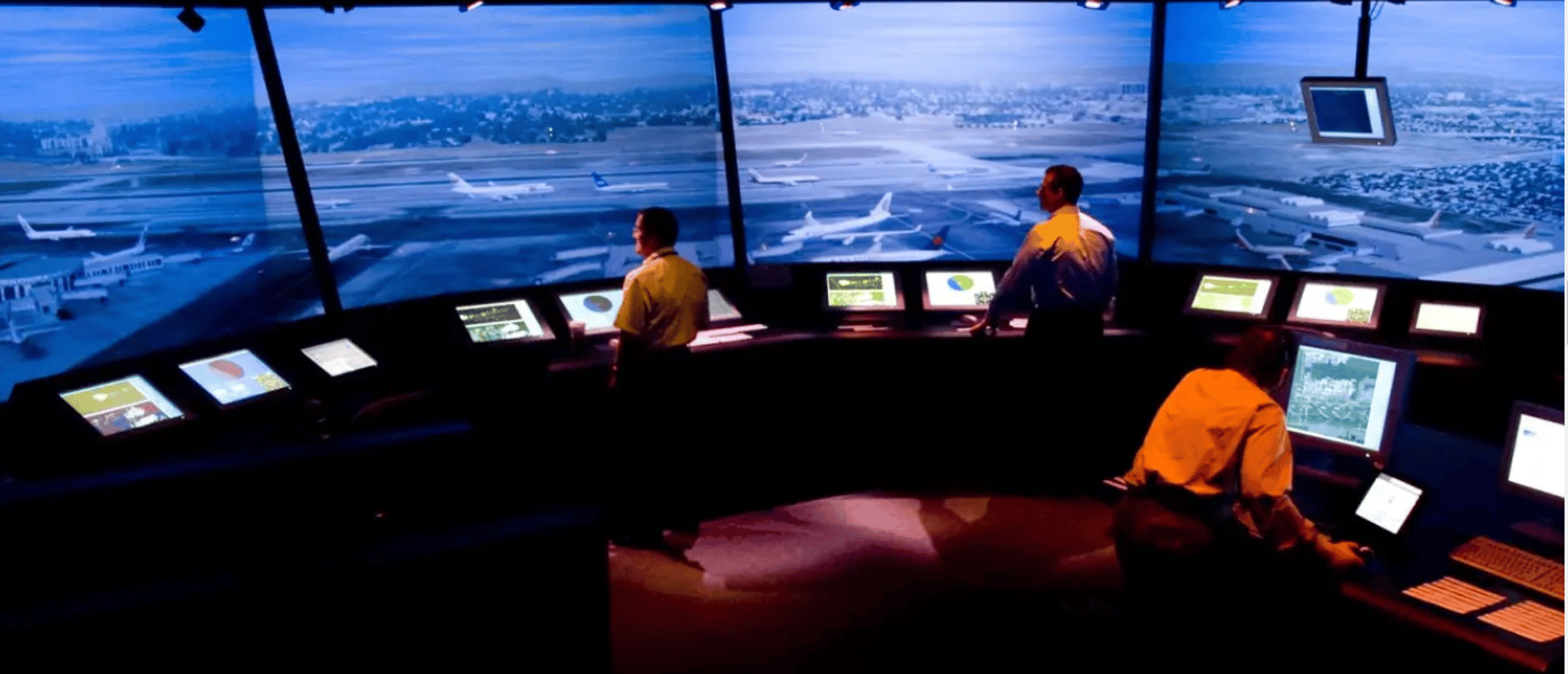
Air Traffic Solutions
EAI radars provide proven non-cooperative surveillance performance designed for use in Air Traffic Control systems. EAI SMRs comply with EUROCAE ED-116 and EUROCAE ED-87B standards for A-SMGCS Levels 1 and 2, and integrate easily with new and existing A-SMGCS systems. The SR-3 provides the same functional architecture, signal processing, and data-processing architecture as its predecessor, the SMRi, but in a smaller package that is easier to install, integrate, and maintain
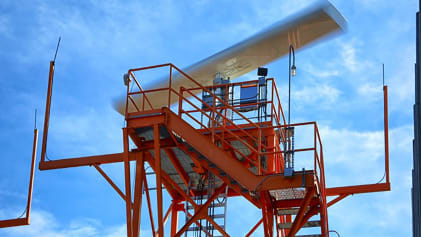

Surface Movement Radar (SMR)
The SR-3 supplies high performance in all key areas: detection, resolution, target reporting, user control, reliability, and maintainability. This advanced radar system includes a fully solid-state transceiver, full redundancy, and a highly modular design.
SR-3 The design is flexible to different site requirements. For example, the SR-3 can be included as part of a larger A-SMGCS solution. The SR-3 can also be installed as a stand-alone radar that is easy to integrate into an existing A-SMGCS system. The modular SR-3 design also lets customers integrate the transceiver and RDP with an installed antenna. This gives customers maximum flexibility when they consider replacement of an older-model SMR.
Designed with flexibility and modularity in mind. With our vast range of models, there is a r-TWR for every ANSP and air force that can be tailored even further to meet specific customer needs.
r-TWR are digital towers which enable the remote use of air traffic services (ATS) from any location. Being at an airport, air base or at a centralised location, distance is no longer a factor. The r-TWR functions can be integrated to a traditional tower as a hybrid solution, and can support the ramp and apron management using the same information. It can also be deployed and put in place when needed.
Through the use of digital camera technology and sensors, operators can effectively conduct and manage various services remotely, based on visual surveillance. This removes the need to be on-site and occupying critical space at an airport,
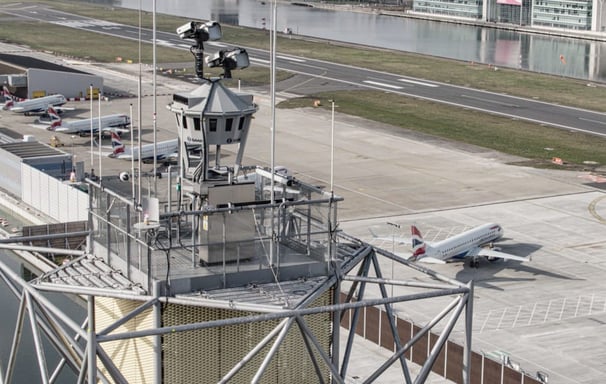

R-TWR Digital Towers
A-SMGCS is a proven, high performance and standards-compliant system that provides surveillance on the airport surface and on approach. It enhances a controller’s ability to manage airport traffic in all visibility and weather condition. Airport safety and efficiency under all conditions
EAI’s A-SMGCS comprises all the expected elements of a high-end A-SMGCS system, as defined by EUROCONTROL and EUROCAE. This includes HMI, Surveillance, Airport Safety Support, Routing, and Guidance. EAI’s A-SMGCS HMI provides the controller with a clear picture of movements on the airport surface and in the approach volume. It presents viewable maps, tracks, labels, safety alert indicators, as well as system status. Multiple traffic windows can be presented concurrently. Flight information is presented in the form of labels and flight lists, such as arrival or departure lists. A “strip-less” mode of operation is supported through interaction with labels and lists. A key CWP capability is its adaptability, based on controller roles, areas of responsibility and user profiles.
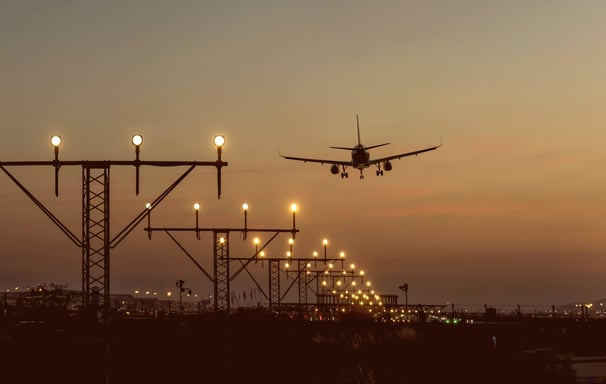

Advanced Surface Movement Guidance and Control (A-SMGCS)
EAI A-SMGCS is a turnkey solution supplied with EAI’s own sensors, including MLAT, SR-3 SMR, and -VL-1090 Vehicle Tracker. It can also integrate existing ground and approach surveillance sensors and external trackers. Advanced tracking algorithms provide a high quality track output with very low rates of false alarms.
EAI A-SMGCS meets or exceeds the alert capabilities defined by EUROCONTROL and EUROCAE. EAI’s approach to safety nets relies on good quality target tracking and a flexible scheme that is adaptable to requirements of specific sites.
EAI’s Routing function automatically calculates a route for each inbound or outbound aircraft based on parameters such as runway configuration and other constraints. The Routing output is used by the Guidance function to guide an aircraft along its route.
EAI’s Guidance is based on “Follow the Greens” principles – it guides an aircraft through a cleared route to the line-up or parking destination by turning the taxiway centre line lights and stop-bars on or off. It takes into account other traffic and separation and timing constraints.
The A-SMGCS architecture builds on the modular and scalable Integrated ATC Suite (I-ATS) platform. An A-SMGCS only deployment can easily scale to the full set of I-ATS surface safety and tower automation capabilities.
Surface Safety Solutions
The system provides situational awareness to controllers and an enhanced level of safety through automated safety alerts. In other parts of the world, this solution is known as an Advanced – Surface Management, Control and Guidance System (A-SMGCS).
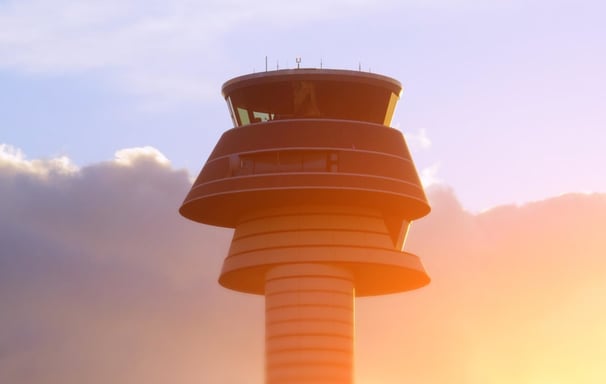

To further increase safety and extend alerts to pilots, the FAA worked with EAI to create the Runway Status Light (RWSL) program.
RWSL employs surface surveillance data to automatically illuminate lights at taxi hold positions and takeoff hold points to warn pilots of occupied runways or if an aircraft is landing for a more direct means of preventing incursions without increasing controller workload.
Recently, EAI worked with Leidos to supply electronic flight strips to the FAA through the Terminal Flight Data Management (TFDM) program. This technology is planned to be deployed to nearly 90 air traffic control towers. In addition, EAI is supplying core surface management technology which will be used to improve efficiency at many of the nation’s largest airports.
